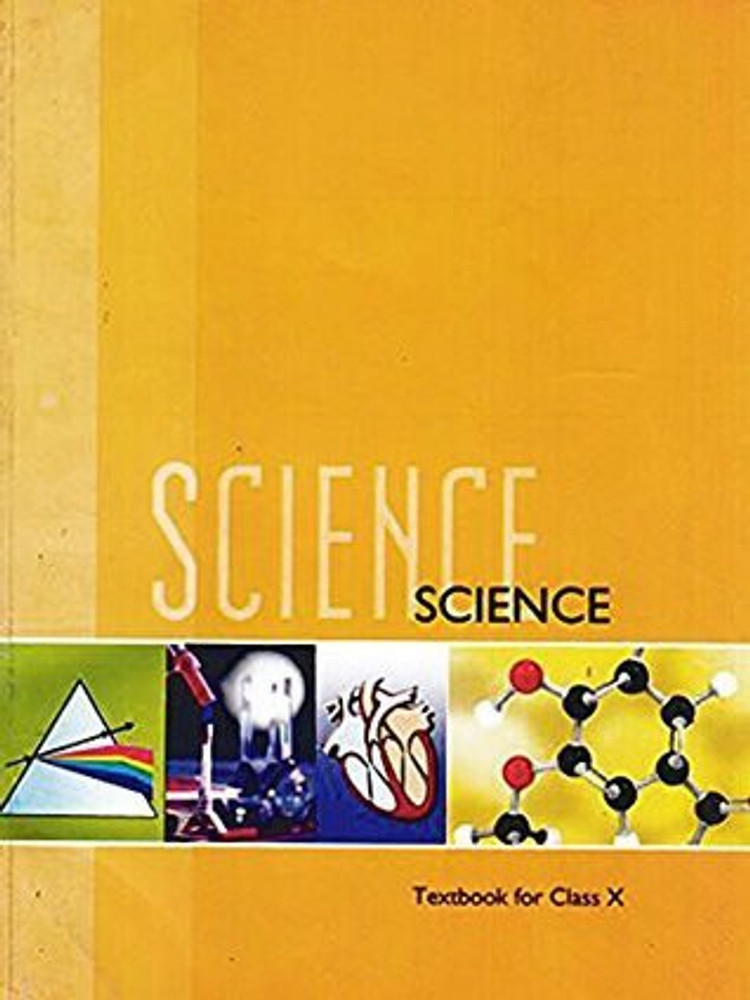Astronomers Discover Water and Carbon Dioxide in WASP-166 b's Atmosphere
Astronomers have detected water and carbon dioxide in the atmosphere of WASP-166 b, a hot super-Neptune exoplanet. Using data from the James Webb Space Telescope (JWST), the findings also noted ammonia in smaller quantities. WASP-166 b, located 368 light-years away, is a massive planet that orbits its star every 5.44 days, with a temperature of 1,270 K. The discovery sheds light on planetary composition and the potential mechanisms behind atmospheric formation

Astronomers have analysed the atmosphere of WASP-166 b, a hot super-Neptune exoplanet, revealing the presence of water and carbon dioxide. Using data from the James Webb Space Telescope (JWST), the observations also detected ammonia in smaller quantities. WASP-166 b is situated approximately 368 light-years away and is about seven times larger and 32 times heavier than Earth. The planet, orbiting its host star every 5.44 days at a distance of 0.067 AU, has an estimated equilibrium temperature of 1,270 K, placing it within the hot Neptune desert.
Findings from JWST Observations
As reported by phys.org, the JWST employed its Near Infrared Imager and Slitless Spectrograph (NIRISS) and Near Infrared Camera (NIRCam) to study WASP-166 b's atmosphere. These observations highlighted water and carbon dioxide as dominant elements in the spectrum, alongside weak traces of ammonia and cloud deck pressure. Helium and hydrogen, in a primordial solar ratio, are believed to compose the remaining atmosphere. Searches for compounds like carbon monoxide yielded no significant results.
Characteristics of WASP-166 and Its Planet
WASP-166, the host star of this exoplanet, belongs to the F9V spectral type and is approximately 20 percent larger and more massive than the sun. It is 2.1 billion years old, with a surface temperature of 6,050 K and a metallicity of 0.19 dex. The planetary carbon-to-oxygen ratio of WASP-166 b was calculated to be 0.282, significantly lower than both the host star (0.41) and the sun (0.55). Additionally, the planet's high atmospheric metallicity of 1.57 was reported.
Explanations for Atmospheric Composition
It was suggested that the atmospheric composition could be linked to planetesimal accretion, core erosion, or photoevaporation. Such findings contribute to understanding planetary formation and evolution, particularly within regions like the hot Neptune desert. The study provides insights into the diversity of exoplanetary systems and their unique characteristics.












)

























































